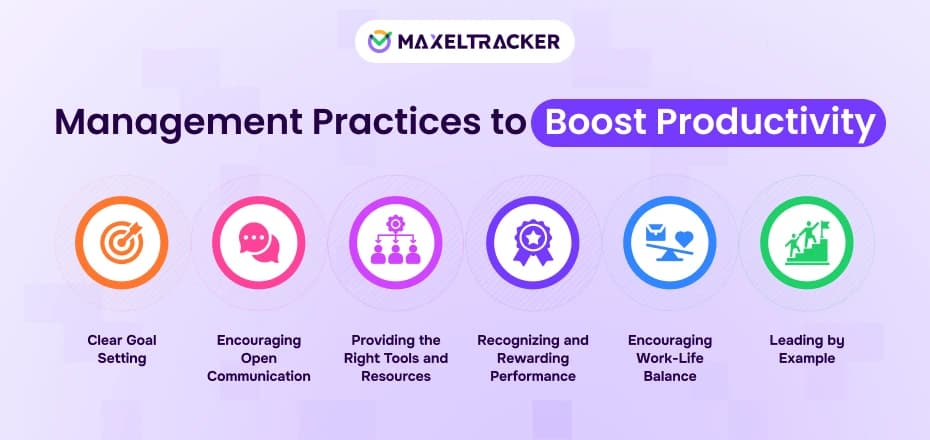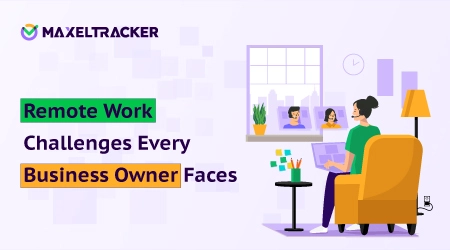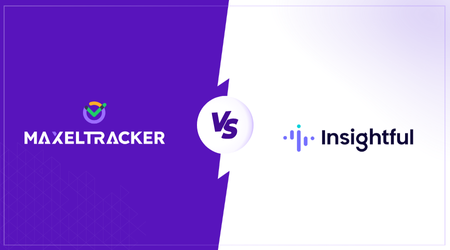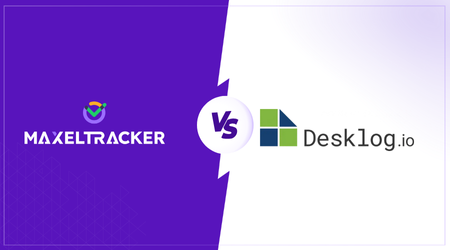

Strong management drives workplace efficiency. Employees perform better when leaders provide structure, support, and clear expectations. Without effective management, teams struggle with miscommunication, low motivation, and wasted time.
Many companies focus on improving employee productivity but overlook their own management practices as a critical factor. Studies show that many employees feel disengaged due to ineffective leadership, which reduces their productivity. Engagement matters. Employees who feel connected to their work perform better and contribute more.
This article covers management practices that can increase employee productivity. These strategies help businesses improve workflow, engagement, and performance while creating a workplace where employees feel valued.
Define Expectations for Better Results. Employees work more efficiently when they understand their goals. Clear objectives eliminate guesswork and help teams prioritize tasks. Leaders should set specific, measurable, achievable, relevant, and time-bound (SMART) goals to keep employees focused.
OKRs (Objectives and Key Results) provide a structured way to measure progress. OKRs align individual tasks with company objectives, making it easier to track performance and adjust strategies. Regular progress check-ins keep employees accountable and motivated.
However, setting goals is not just about numbers. Employees need meaningful, achievable objectives that connect to the company's success. Leaders should ensure goals are challenging yet realistic to maintain motivation without causing burnout.
How to Implement Effective Goal Setting:
✅ Break large goals into smaller, manageable tasks.
✅ Use performance tracking tools to monitor progress.
✅ Provide regular feedback to keep employees aligned.
✅ Ensure employees understand how their goals contribute to business success.
Transparency is a key for higher engagement. Poor communication leads to mistakes, delays, and frustration. Employees need clear instructions and open feedback channels to stay engaged. When managers encourage honest conversations, teams collaborate better and resolve issues faster.
Regular team check-ins and one-on-one meetings create opportunities for feedback. Employees should feel comfortable sharing ideas and concerns. Leaders can also use digital tools like Slack or Microsoft Teams to improve workplace communication.
Providing meaningful feedback in a constructive manner is essential. Employees need guidance that motivates them rather than discourages them. Feedback should be balanced—acknowledging good performance while addressing areas for improvement.
Ways to Improve Workplace Communication:
✅ Hold weekly team meetings to discuss goals and progress.
✅ Use collaboration tools to streamline conversations.
✅ Encourage a feedback culture where employees feel heard.
✅ Train managers to deliver clear, supportive communication.
Equip Employees for Success. Employees work best when they have the right tools. Outdated software and inefficient workflows slow down productivity. Investing in modern productivity tools and automation reduces repetitive tasks and helps employees focus on higher-value work.
Management must also recognize when employees need support beyond technology. This includes emotional support during difficult times, assistance in handling workload challenges, and flexible policies that help employees maintain efficiency.
Managers should also provide training programs to ensure employees can use tools effectively. Even the best software is useless if teams don’t know how to leverage it.
Ways to Improve Workplace Efficiency:
✅ Use automation tools to reduce repetitive tasks.
✅ Provide training sessions on new software and systems.
✅ Regularly assess whether employees have the resources they need.
✅ Offer ongoing training and skill development to improve efficiency.
Motivate team through acknowledgment. Employees perform better when they feel valued. Studies show that many employees value appreciation as much as monetary incentives. Financial rewards matter, but recognition alone can be a powerful motivator. Recognition boosts morale, increases engagement, and reduces turnover. Simple actions like praising employees publicly, offering incentives, and celebrating small wins can make a big difference.
Performance-based rewards keep employees motivated. Bonuses, extra time off, or career growth opportunities encourage teams to stay productive and committed.
While businesses often prioritize senior-level incentives, lower-level employees also need meaningful rewards to stay engaged. Companies should create structured recognition programs that reward employees at all levels—not just senior staff.
Ways to Recognize Employee Efforts:
✅ Implement an employee recognition program that includes both financial and non-financial incentives.
✅ Offer performance-based rewards like bonuses or promotions.
✅ Celebrate small wins to boost motivation.
✅ Regularly acknowledge employee contributions in meetings and company updates.
Preventing Burnout for Long-Term Productivity
Overworked employees are less productive. Stress leads to burnout, reduced employees efficiency, and higher absenteeism. Managers should support flexible work arrangements, mental health initiatives, and reasonable workloads to keep employees energized.
Many companies focus on results but forget about sustainability. Employees can work hard, but if they burn out, productivity drops. Companies should encourage healthy work habits—not just long hours.
Encouraging employees to take breaks, use PTO, and set boundaries helps maintain productivity in the long run. A balanced workforce is a productive workforce.
How to Support Work-Life Balance:
✅ Offer remote or hybrid work options when possible.
✅ Promote wellness programs and mental health support.
✅ Encourage employees to take breaks and use their vacation time.
✅ Train managers to recognize burnout before it happens and adjust workloads accordingly.
Inspire productivity through leadership. Employees follow the habits of their leaders. Managers who demonstrate strong work ethic, accountability, and positive attitude set the tone for the entire team. If leaders cut corners or lack motivation, employees will too.
Senior leadership plays a crucial role in shaping company culture. Nothing demoralizes employees faster than seeing leaders act in ways they don’t respect. Employees observe everything—from management's level of dedication to how they treat others.
Being approachable and supportive fosters trust. Employees are more engaged when they feel their manager is invested in their success.
How to Lead by Example:
✅ Show up prepared and stay engaged in team efforts.
✅ Be accountable for your actions and decisions.
✅ Support and mentor employees to help them grow.
✅ Ensure leadership behavior makes employees proud to be part of the company.
Improving employee productivity isn’t just about setting goals or offering perks—it’s about implementing smart, data-driven management strategies that create lasting engagement and efficiency. Without the right tools and structured approaches, even the best management intentions can fall flat.
With real-time performance tracking, and employee engagement analytics, maxeltracker.com helps businesses take these seven management practices from theory to execution. Don’t just read about better management—put it into action. Sign up for maxeltracker.com today and start building a high-performing, motivated workforce that drives real business results. 🚀
👉 Sign up now at MaxelTracker.com and start transforming your team’s productivity today! 🚀
👉 Explore our pricing plans and features to find the perfect solution for your team’s productivity needs! 🚀
Related Blogs

15 Remote Work Challenges Every Business Owner Faces — And How to Solve Them
Remote work rings a familiar bell, and it offers flexibility and global reach as well. But for CEOs, HR heads, and other important position holders across countries like USA, UK, Canada, or UAE, it is often the bringer of stress.

Insightful Alternatives & Competitors
Looking for an alternative to Insightful that offers a more tailored approach to workforce productivity and employee monitoring? We’ve got you covered.

Desklog Alternatives & Competitors
MaxelTracker is an all-in-one workforce platform that tracks time, monitors activity, and delivers deep productivity insights, giving you more than just project and task logging.